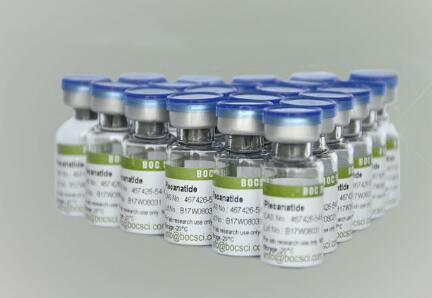Description & Specifications
|
A logical extension about the application of chiral ligands in stereoselective catalysis has been developed. In general, ligands design in asymmetric catalysis is guided by several simple concepts and principles. For instance, the design of chiral ligands is frequently based on C2-symmetry in order to reduce the number of diastereomeric intermediates and transition states which play a role in the catalytic cycle. This approach has been vindicated by the successful development of several large families of (‘‘privileged’’) chiral ligands which nowadays belong to the basic ‘‘tool kit’’ of asymmetric catalysis, such as chiral diphosphines, salen derivatives and bisoxazolines. These privileged families of ligands possess characteristic properties which lead to the induction of high stereoselectivities in their catalytic reactions. As a result, the syntheses of chiral ligands have evolved into a very dynamic, rapidly growing area of research, attracting an increasing number of chemists from various disciplines. BOC Sciences has extremely copious experience in regard to the syntheses of chiral ligands. We can provide a great deal of chiral ligands and its applications. Below we mainly introduce chiral ligands in the field of asymmetric catalytic technology. |

